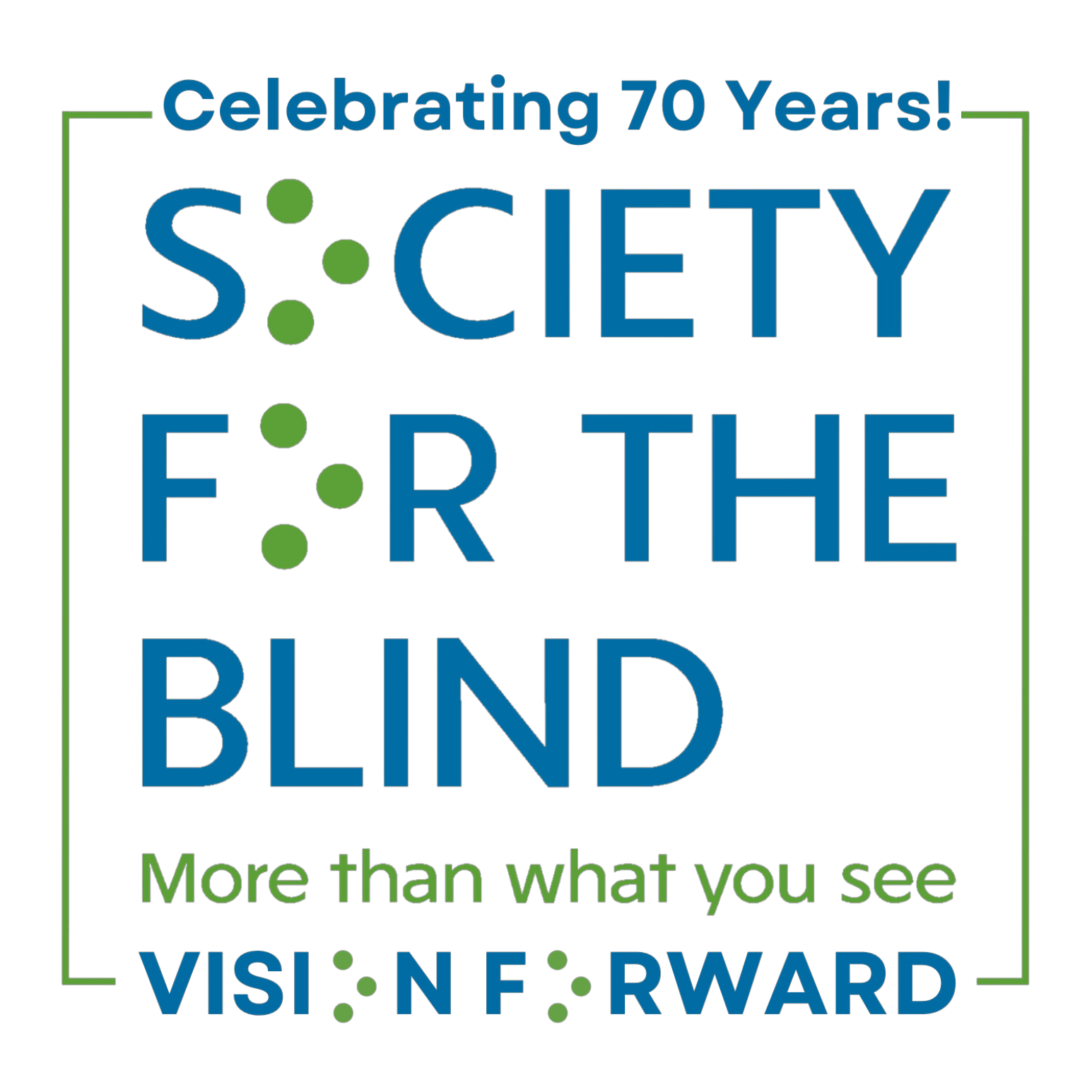Creating Opportunities and an Inclusive Workplace
A common line we hear in the news is that it is hard to find people to fill jobs. In this month’s blog, I’m going to focus on an under-utilized pool of workers – people with vision loss and blindness – and encourage you to help me spread the word about hiring them.
While statistics vary, the unemployment rate for people with vision loss and blindness is nearly 70%. In large part, this is due to the fact that many employers and HR directors do not know or have misconceptions about how to interview, hire and train someone who is blind or has low vision.
The types of jobs people with vision loss can do are far ranging. Areas of employment include financial services, IT/tech support, education, psychology, counseling, sales and customer support and much more. With the vast array of assistive technology available today, people who are blind or low vision are capable of pursuing many careers.
At Society for the Blind, each of our working-age adults has an employment goal, whether it is to retain their current job or find a new one. We first teach them the core blindness skills of orientation and mobility, Braille, assistive technology and independent living skills. From there, they work on honing their employment skills, updating or creating a resume, practicing interviewing and searching online for jobs.
Our instructors will go to clients’ workplaces to assist them as they settle into a new job. They work with the employer to get assistive technology up and running and ensure a smooth onboarding process. In the past four years, nearly 80 of our clients have retained or secured permanent employment.
Here at Society for the Blind, nearly half of our employees are blind or have low vision, including all of our instructional staff. One incredible benefit of this is the problem-solving capacity and perseverance shown by our staff with vision loss. People who are blind must continually deal with obstacles – physical and otherwise – and come up with ways to work with these challenges. Such creativity and skills are invaluable to any organization or business.
In the most recent issue of Engage, LeadingAge California’s publication, I wrote an article about hiring people with vision loss and blindness: http://engageheadlines.com/investing-in-our-future-hiring-staff-who-are-blind-or-have-low-vision/. LeadingAge California is an industry leader in services, housing and advocacy for older adults. The fall issue of Engage focuses on building an inclusive workplace. I encourage you to help me spread the word about hiring people who are blind or have low vision. In doing so we are creating opportunities and a more inclusive workplace.
